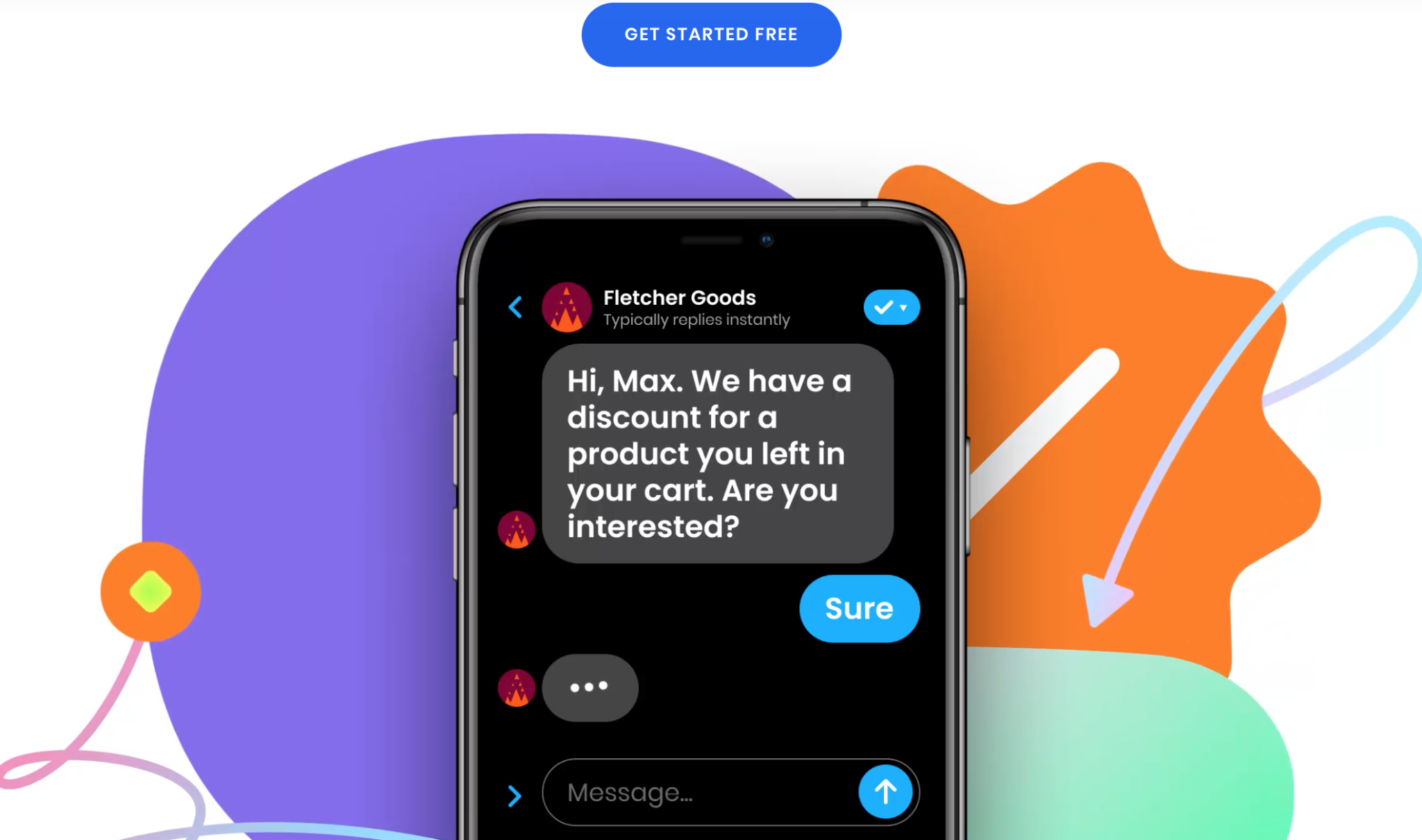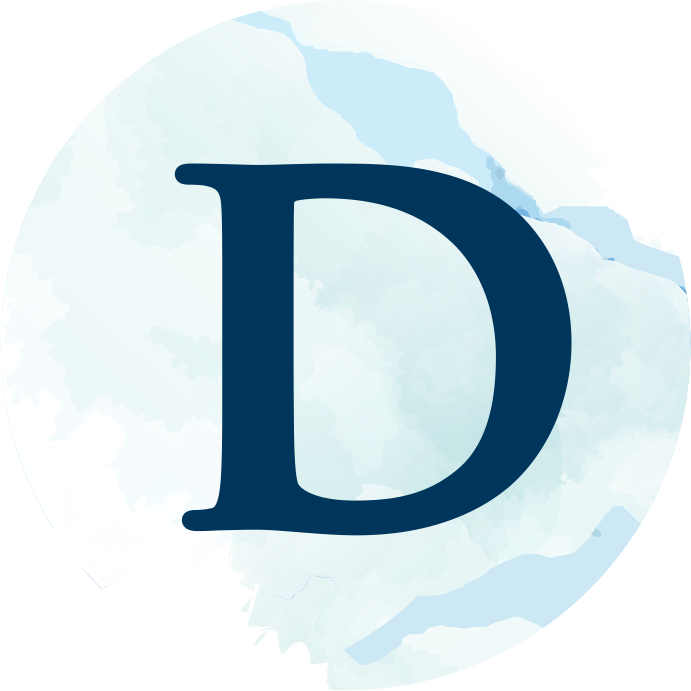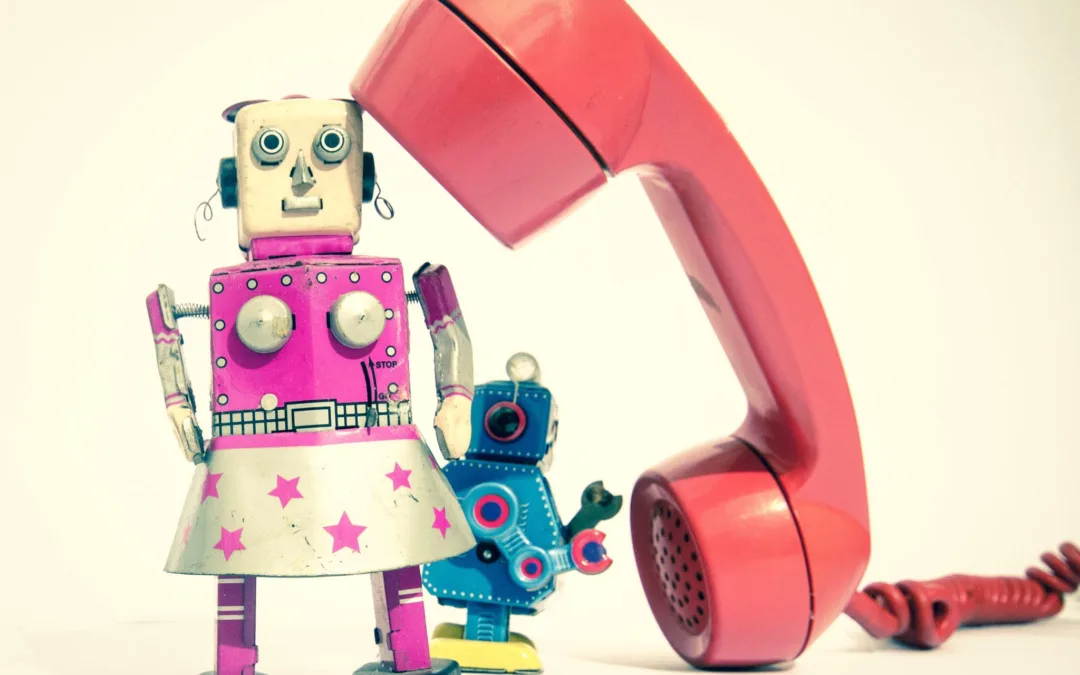What are chatbots and how do you build one? Will chatbots replace humans in the near future?
Let’s dig into the complexity of the chatbots world by starting from the very beginning.
We had the pleasure of interviewing the chatbots expert Ulf Christoffersen Bach-Vedel. During the day he works as a Capability Manager at GRUNDFOS, a Danish pump manufacturer, and by night he turns into a man who builds chatbots.
“I quit my previous job to do bots full time and it went quite well. But I also had to freelance project management to make ends meet because the bot market isn’t too mature in Denmark just yet.”
Later on, he was hired full-time at the company where he currently works. “I agreed to the position, but I insisted that I needed to be able to build bots on the side as well because that’s what I actually really enjoy doing. They said okay. So here we are”.

What are chatbots?
“That is a really good question. I find myself actually having to explain it less and less. So people are catching on more, but it’s still one of those unproven cloudy technologies,” Ulf says.
“A chatbot is basically a networked program that can take in input from a human and process it and [hopefully] give an appropriate response. Another word for it is conversational agent.”
The purpose of an AI chatbot is to understand the human language in order to translate that into what is called an intent. Basically, to find out what this human is trying to make me do and then provide the appropriate output.
How do you build a chatbot?
There are several tools available in the market that are easy to get started. Ranging from the ones offering basic free bots [freemium] like the Drift, Intercom, ManyChat, or Chatfuel. Up to more advanced options [premium] namely Dialogflow from Google.
“What they all have in common is that they have an engine behind called the natural language processing engine, which is what you need to train in order to understand what people are trying to say.
You’re basically using a branch of AI called Machine Learning where you train a computer or a program on lots of human data.”
The more data the merrier one could say.
According to Ulf building, a chatbot is quite straightforward, “what you see is what you get”. Most of these platforms have pre-trained engines that you can just jump in and use.
In addition, he emphasizes the importance of clearly defining the chatbot’s purpose prior to building it.
“If you’re trying to build something that needs to give business value, you need to have a problem or an issue that you need to solve with the chatbot.”
“You need a platform and a purpose. That’s basically all you need.”
Which languages do chatbots use?
“I haven’t explored this, but stuff like Spanish and all the other major languages. It’s only been a couple of years since Google launched Danish as an option in the dialogue flow engine, but it actually works quite well.”
And how expensive is it?
“That depends on your ambition actually. If you just need to have one that’s not very smart and you just want people to click through and do one or two things, well you can do it almost free.”
“Lots of these platforms that you can use offer free hosting until you reach a certain number of users or you need to unlock certain advanced features. It is like the classic freemium model.
But if you want it to just get started, you can usually do it for free or quite cheap. We’re talking about something like 50 bucks a month.”

Chatbots vs Humans
Could a chatbot overtake a podcast host?
“I think it’s going to be a long, long, long time before chatbots or voice bots [AI if you will] can replace a human host in a podcast, especially because chatbots are very linear creatures.
In fact, humans are extremely good at navigating complexity, picking up conversational cues, storing information for later.”
To navigate a human conversation is extremely complex. A voice conversation is an exercise in social cueing, like physical, verbal, and nonverbal cues, and voice and timber.
“We don’t realize it, but humans are incredibly thinking beings because having a face-to-face conversation is complex.”
“Are you making a statement? Or are you asking a question? You can probably train them to recognize all of these, but putting it all together seamlessly in real-time and reacting to it is incredibly complex. It’s what’s called a heart problem in computer science.”
Chatbots in Human Resources?
“HR uses AI for two things. One is a chatbot for doing the interviews with the interviewees and that is a very specific situation.
The task of the bot is mainly to gather information and not to process it too much to send it on to their human masters.”
“The other way is to automatically screen resumes when they’re sent in. This has been increasingly done, especially of course in Silicon Valley where you can see the value because you’re actually seeing the HR department or the HR person lots of time from sifting through, uh, CVS. However, there are some ethical pitfalls in doing”
Overall, HR departments are using chatbots primarily for screening. “Now it is all well and good. But conducting a job interview where you assess soft skills is probably also far into the future.”
Automation
Automation has been going on for the past 150 years all the way back to the industrial revolution with steam engines and automatic looms taking over the jobs of people.
According to Ulf, we have seen in each wave that as jobs get automated, new jobs appear, which is probably what is also going to happen with artificial intelligence.
“I’m one of the optimists about this. I do believe that automation is going to, yes, cost some people their jobs, but it’s going to create other jobs that these people can fill.”
Will chatbots replace humans in the near future or at all?
“I don’t think you need to be scared of chatbots or AI taking over humankind unless we are really irresponsible. I just don’t think that we are at that technological level right now.”
Under Ulf’s lenses, chatbots are meant to augment human workers. That being the strongest argument written in the Danish Government document released in 2019 on AI.
“One of the key points was that artificial intelligence should augment and support human development and work and not replace it, which supports my personal view on how things are.”
How to create an engaging experience with a bot? (personality, sarcasm)
A chatbot is an “expression of your brand. You need to really sit down and have a conversation about how your chatbots should express your personality and how would you represent your brand,” says Ulf.
Peter Lisoskie is the founder of Chatbotnation, a collective of innovators developing any sort of Interactive Conversational Chatbot Experience in need.
In 2016, Lisoskie started developing chatbots for his business using FB messaging ads that instantly engaged customers with ‘Chase’, his first human-like chatbot. The result was more than 80% open rates, 70% click-through rates, and a 13:1 ROI.
They have developed 4 bot frameworks perceived as ‘loyal brand ambassadors’. All of them are able to captivate the audience, educate, and inspire through interactive conversations and protect the integrity of your internal brand culture and external brand experience.
In fact, writing a convincing chatbot able to provide a consistently good user experience requires using the company brand playbook tone of voice guidelines. “Otherwise you’re just making up things on the fly.”
“You are basically creating a virtual person who speaks in a certain way and probably will have thousands of customer interactions per month. And that makes an impression. So being on brand is extremely important for chatbots,” emphasizes Ulf.
Chatbots in eCommerce
What role specifically will chatbots play in the future of eCommerce?
“Customer service to begin with because people who browse eCommerce sites hit a certain product page on the site through Google search or from a review or a brief referral,” is one of the main takeaways from Ulf’s previous job.
“The place where the chatbots can help is to actually answer questions and be a little bit proactive if you know what questions people usually ask.”
In the example above you can meet Jambo, Ulf’s chatbot. The name was given to commemorate his African roots as Jambo means hello in the Swahili alphabet.
“I am sort of a lazy person when it comes to my own businesses. I’ve built it as a non-text chatbot, which means that when you click through it you can’t actually type anything to it, you can just click your way through it.”
“I’ve predefined everything and made all the flows myself. So I’m quite sure that you don’t hit a blind alley or I don’t need to constantly update my data set or training on new data and so on and so forth. I sort of update it from time to time.”
Pros and Cons of having a Chatbot
“Having a chatbot where your customers can write to you in free form is both a blessing and a curse. It is an extremely living product. You can’t just launch it and forget about it.”
“You need to be able to look at what people are asking. Be vigilant of any issues that are cropping up. That’s sort of the curse-ish thing if you look at it from a purely financial perspective because it costs money to run a chatbot, not just for the hosting but also for the attention that you need to pay for it.”
However, the financial aspect of chatbots can be considered double-edged. According to Ulf, you will get your investment back.
“What you actually have in a chatbot is something extremely rare. I would see it almost like the Holy grail of someone who contempt and cares about continuous improvement. Because your customers are actually telling you in their own words, what do they want from you?”
Keeping an eye on what people are telling you can be extremely valuable to all businesses.
Do Businesses aiming to have a strong digital presence MUST have a chatbot?
“If they have any sort of customer-facing service, which probably most businesses do? Yes. It definitely connects. But it also depends on how big you are and what your ambitions are.”
Email Blast vs. Chat Blast
Email marketing has been replaced by chatbot marketing automation these days. Have you heard about chat blasting?
“It actually provides a contextual experience because if you do it right you have a good chance of actually meeting the customer in their moment of need.”
“If you have a ‘help me page’ for your product, you can actually see that somebody has been stuck for like 30 seconds.
Let’s pop up the little chat bubble and say “Hello. I guess you were maybe having trouble with your connection. Can I help you? They know when it’s actually the right information at the right time.”
“Whereas email blast, it is very rarely that your email will ‘hit me in my moment of need’.
Is humanizing chatbots the next inevitable improvement?
Google announced the creation of Mena in early 2020. Claims were that it is “the most advanced chatbot ever build”. According to Ulf, one shall be a little skeptical, but Mena actually does generate its own answers.
“When Mena doesn’t actually have predefined answers, it looks at what you see and then composes answers itself, which is very interesting.
But it also means that it’s probably going to fail a lot, especially in the next few years until they polish the algorithms and train it on more things.
And it will probably reach a point within a year or two where it’s going to blast all the other open domain chatbots and leave them in the dust.”

But as far as holding a conversation with a human, that needs to be human-like, which is what we always do when we encounter new technology, it’s probably going to fail hard for a long time, so it’s not going to take over as a podcasting host – yet.”
Katherine Tobar works in digital marketing, connect with her on LinkedIn.
Smarter Marketing Starts Here
Subscribe to receive the latest AI marketing and CTV ad tips that help you stay ahead - delivered straight to your inbox. Join our newsletter!

